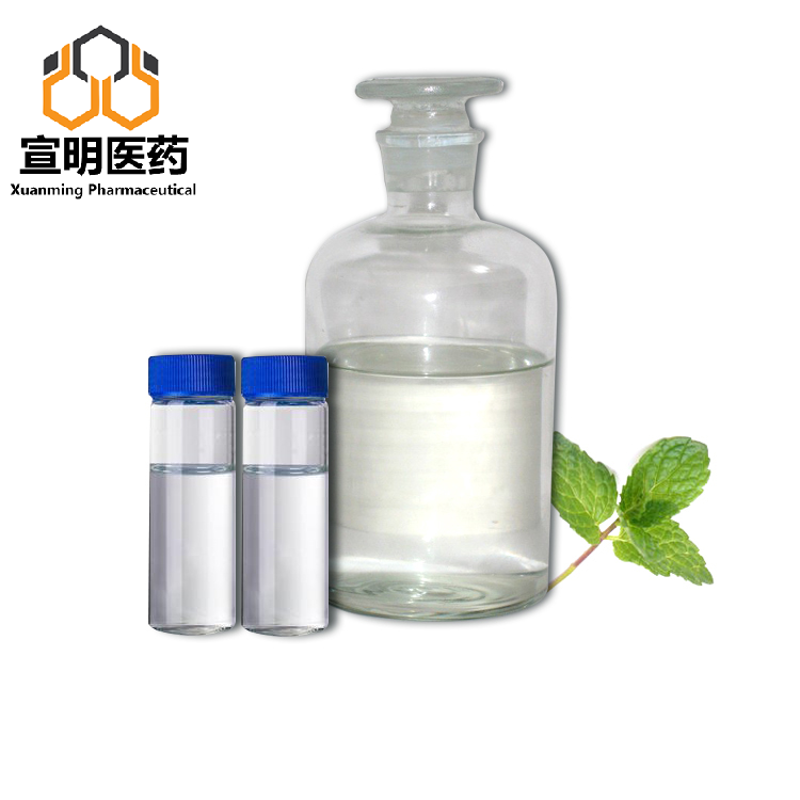-
Categories
-
Pharmaceutical Intermediates
-
Active Pharmaceutical Ingredients
-
Food Additives
- Industrial Coatings
- Agrochemicals
- Dyes and Pigments
- Surfactant
- Flavors and Fragrances
- Chemical Reagents
- Catalyst and Auxiliary
- Natural Products
- Inorganic Chemistry
-
Organic Chemistry
-
Biochemical Engineering
- Analytical Chemistry
-
Cosmetic Ingredient
- Water Treatment Chemical
-
Pharmaceutical Intermediates
Promotion
ECHEMI Mall
Wholesale
Weekly Price
Exhibition
News
-
Trade Service
| Discover a new link between exposure to chemical pollutants and the risk of chronic diseases |
Recently, the team of Xu Guowang, a researcher at the Dalian Institute of Chemical Physics , Chinese Academy of Sciences, has cooperated with researchers from the Institute of Nutrition and Health of the Chinese Center for Disease Control and Prevention and Tongji Medical College of Huazhong University of Science and Technology to make new progress in the research on the risk of chemical pollutants exposure to chronic diseases.
It was found that there was a significant positive correlation between the residues of perfluorinated compounds in the serum and the risk of hyperuricemia, and the mechanism of the relationship between the residues of exogenous chemicals in the serum and the risk of chronic diseases was revealed at the metabolic level
.
Relevant research results were published in "Environmental International"
Chinese Academy of Sciences
Chronic diseases have become a major killer of human health.
The incidence of major chronic diseases such as obesity, hypertension, diabetes, hyperuricemia and dyslipidemia is as high as 10% to 30%, and is gradually increasing
.
More and more studies have shown that environmental exposure factors are risk factors for chronic diseases that cannot be ignored
In response to this problem, the research team collected a total of 496 serum samples from the above five major chronic diseases, and used high-resolution mass spectrometry to analyze the content of 106 agricultural and veterinary chemical pollutants in the serum and the changes in endogenous metabolites, revealing these risks The relationship between substances and the occurrence and development of diseases; using the exposure group-metabolome correlation research strategy, combined with the principle of encounter in the middle, explored the relationship between chemical residues in the blood and chronic diseases, and found that the risk of perfluorinated compound exposure and hyperuricemia is positive Related, lipids are not only positively related to perfluorinated compound exposure, but also a risk factor for hyperuricemia
.
The study also found that key intermediate metabolites such as creatine, creatinine and phospholipids mediate 25% to 68% of the relationship between exposure and disease risk
Related paper information: https://doi.
https://doi.
org/10.
1016/j.
envint.
2021.
106919







